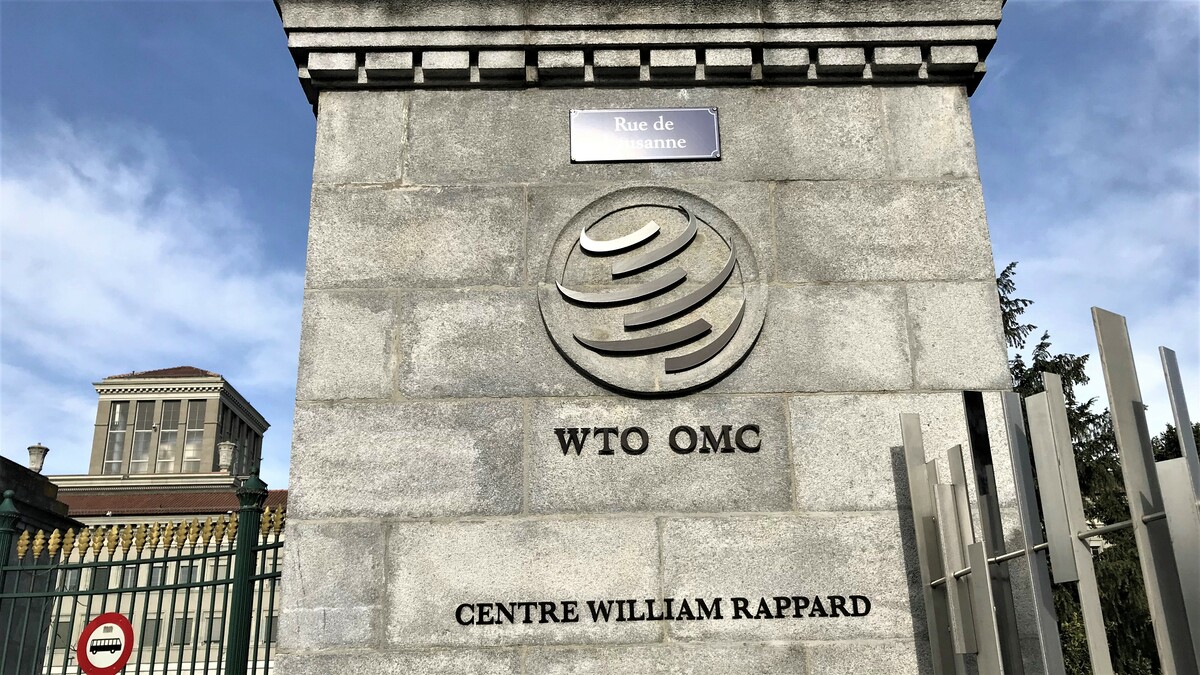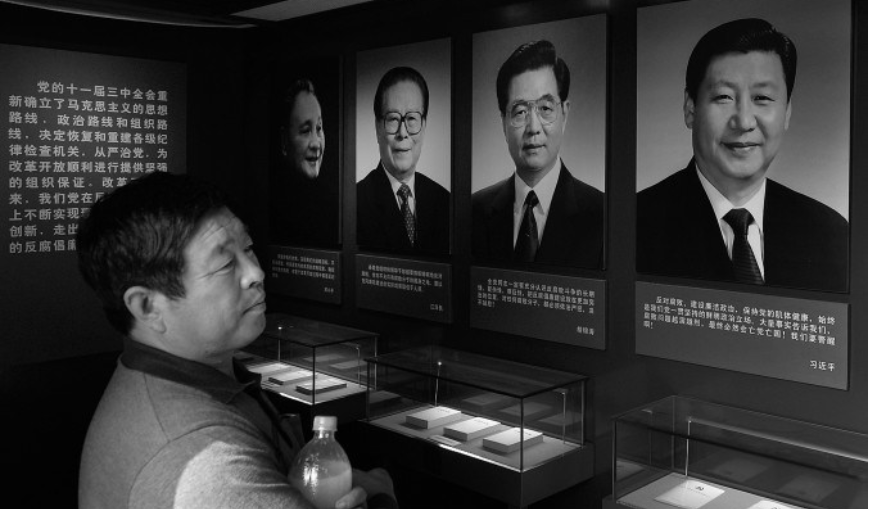Published 01 April 2019 | 4 minute read
China’s system of state-directed capitalism is posing significant complications for the global trade system. The global trade system dysfunction is not just related to China's approach to trade but also to the failure of the WTO and other trade partners to seek enforcement of WTO obligations.
China has exercised its sovereign right to chart its own economic development path, opting for a system of state-directed capitalism and a centrally managed economy. The result has been one of the greatest trade and FDI-led economic development stories in modern history. No one can dispute China’s right to take such policies, nor the results they have produced.
But it is now evident that China’s system is posing significant complications for the global trade architecture, which was premised on the assumption that countries would pursue Western models, with market-driven economies and free trade policies.
To be clear, the issue here is not simply China’s compliance with specific WTO provisions and the failure of the WTO and other trade partners to seek enforcement of those obligations (although there are certainly legitimate concerns on that front which have been well-catalogued elsewhere). The real issue is the extent to which endemic features of China’s system have disrupted the smooth functioning of the global trade architecture.
In fairness, there’s no indication that disrupting the global trade system was China’s intention, and China certainly does not bear sole responsibility for today’s disarray. Instead, the current systemic dysfunction reflects a collective failure on the part of all members of the global trade system to accurately anticipate just how complicated it would be to mesh China’s vastly different system with a Western-based system of rules.
In order to function effectively, the existing trade architecture is based on a number of underlying assumptions and requirements, including:
Transparency. WTO members need to be able to understand the basic parameters of the policies of their partners that impact trade. This ranges from things like the methodology for calculating countervailing duties to the magnitude and mechanisms employed to provide subsidies. A certain degree of policy transparency is essential. Policies that are not clearly documented provide ample opportunity for hidden barriers and discrimination. China’s trade policies, however, are largely opaque. It can be difficult for anyone on the outside to fully grasp what the precise policies are, much less how they are developed and will be implemented. Unwritten rules and informal marketplace understandings are pervasive. China has not even been able to fully comply with fairly straightforward information-sharing requirements such as its WTO commitments on notification of subsidies.
A discernible distinction between business and government. Trading partners need to be able to distinguish between which entities and actions are those of government and which are private. But in China, the dividing line is blurred and government involvement in nominally private transactions is pervasive. When a Western company shares sensitive technology with a private Chinese joint venture partner, can it safely presume that its technology will not be disseminated? The Chinese government is increasingly inserting itself into the day to day functioning of ostensibly private companies, raising questions about the extent to which companies act as proxies for government.
Business and consumer behavior should be shaped primarily by market forces not by government policy or preferences. Of course, government exerts a certain degree of influence in every economy in the world, but the existing global trade system assumes and requires that market mechanisms will be paramount. The presumption of market-based economies in fact underpins many of the core principles upon which the trade system was constructed.The Chinese government, in contrast, is often dominant in the marketplace. The heavy hand of government is evident through the expansive network of state-owned enterprises, which are often orchestrated in support of policy objectives rather than market considerations.
Dependable objectivity in judicial and regulatory decision making. Parties involved in trade need to have confidence that they will get a “fair hearing” and a fair opportunity to compete. In China, judicial and regulatory systems function in support of government policy objectives. Far from being objective arbiters, judges and regulators frequently place government policy considerations and objectives at the center of their decision making. As a practical matter, this means the playing field is routinely tilted against foreign companies to advantage domestic competitors.
These issues lead us to an inescapable question: How can China’s centrally managed economy and state directed capitalism system be reconciled with a global trade architecture that was predicated entirely on Western economic models? The fate of the global trade system will largely be determined by how well we meet this challenge without surrendering the essential features of each system, which for the West includes transparency, separation of business and government, the market mechanism and the rule of law.
China should welcome – and help lead – this discussion. It has profited immensely from a stable global trade system and its future prosperity will depend on fixing the flaws which threaten the viability of that system. All parties, not just the US and China, need to recognize that the current trade architecture is unsustainable in its current form.
How then should we move forward? In a perfect world, the WTO would drive solutions. But the wheels of the WTO churn notoriously slowly and unanimous consensus agreements on complex issues are immensely difficult to reach.
The current negotiations between the US and China, which are envisioned as a short-term exercise likely to conclude within a couple of months, will not provide adequate time to meaningfully address the underlying issues. Yet, these negotiations can still play a useful role if they produce a face-saving agreement that will allow tensions (and tariffs) to de-escalate. But more importantly, they should also launch a longer term set of discussions aimed at finding workable solutions to better manage the inevitable points of friction between China’s system and the Western-oriented global trade system.
As has frequently been the case in the past, these bilateral negotiations can serve as a “pathfinder” exercise, and outcomes can be absorbed into the WTO on a basis and at a pace that is suitable for that institution.
A perfect meshing between Western and Chinese systems will not be possible. A manageable accommodation that will allow trade to proceed on mutually acceptable and mutually beneficial terms might be. But a commitment to at least attempt to find that common ground should be one core element of any deal agreed by US and Chinese negotiators.
© The Hinrich Foundation. See our website Terms and conditions for our copyright and reprint policy. All statements of fact and the views, conclusions and recommendations expressed in this publication are the sole responsibility of the author(s).




